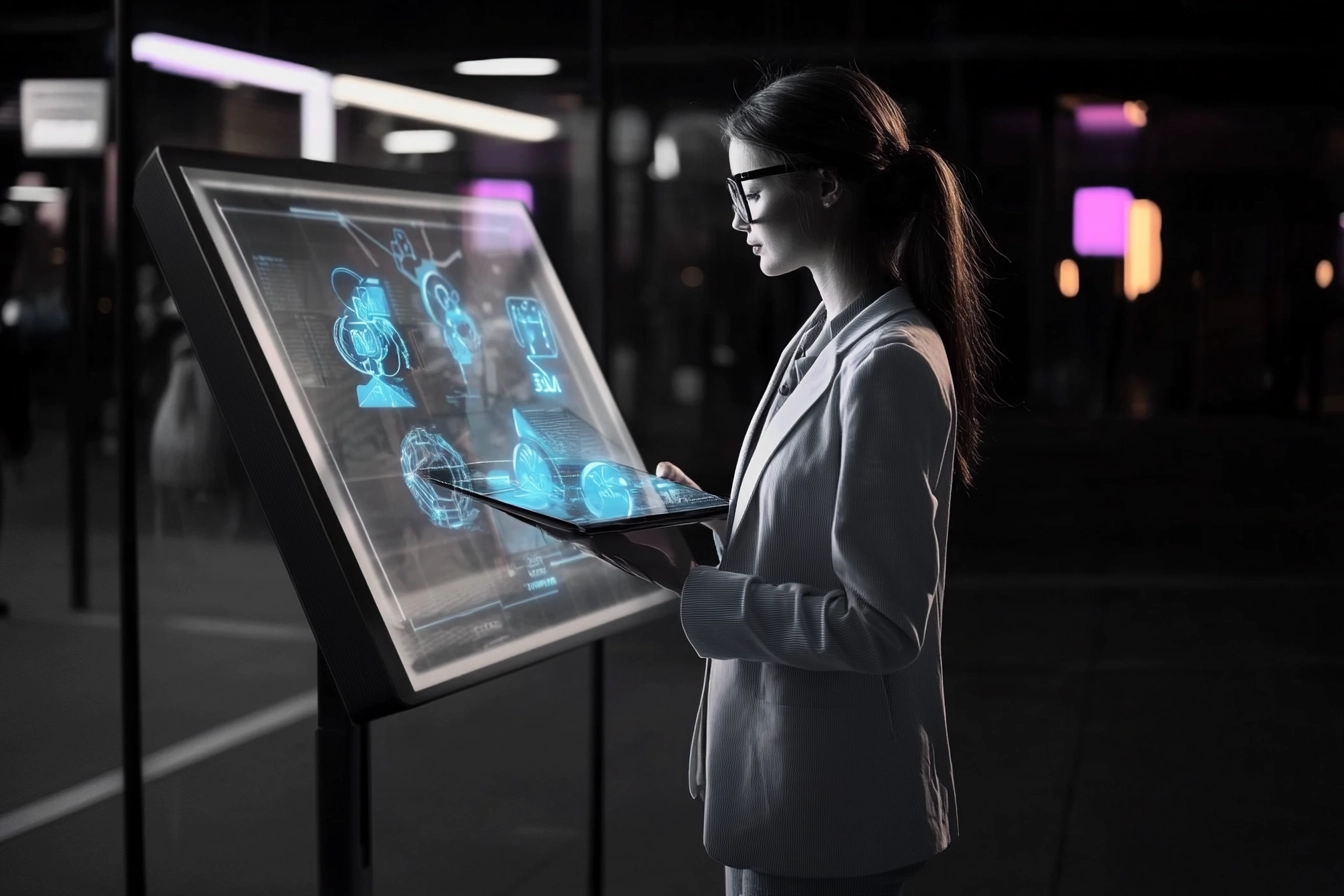Have you ever come across an ad that feels like it was tailor-made just for you, almost as if it knew exactly what you were thinking or searching for? That's the magic of artificial intelligence (AI) in action. In recent years, AI has revolutionized multiple industries, with advertising standing out as one of the sectors most significantly impacted.
According to a report by McKinsey, 75% of companies using AI for marketing have seen an increase in customer engagement. From optimizing ad targeting to automating content creation, AI is reshaping the way businesses engage with consumers and measure the effectiveness of their marketing efforts. As AI technologies evolve, they are creating new opportunities for advertisers to reach their audiences more effectively, efficiently, and creatively.
In this article, we will explore how AI is driving innovation in advertising and the key ways it is transforming marketing strategies.
What is AI in advertising?
AI in particular applies machine learning, natural language processing, and deep learning and their uses in advertising entail the automation and optimization of various marketing operations.
However, today’s websites such as Google AdWords or Facebook apply AI algorithms to identify customers’ behaviour and pattern and deliver advertisements based on the result of such analysis. The application of AI enables organizations to have a clear insight of the needs of the consumers making ad processes more efficient.
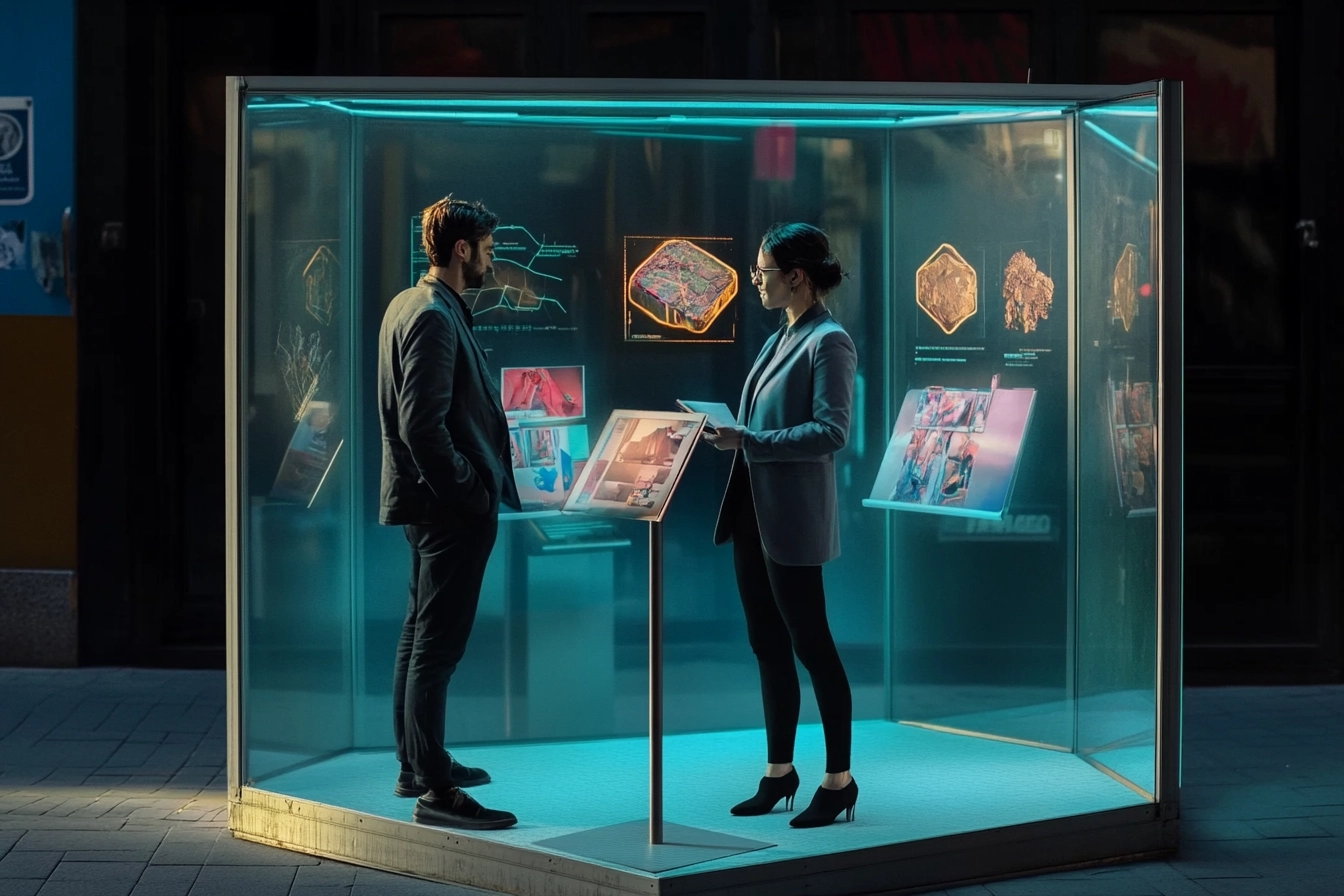
How AI is driving advertising innovation
1. Personalization and Targeted Advertising
AI enables personalized ad targeting by analyzing user data such as browsing behavior, location, and past purchases. For example, Amazon uses AI to recommend products based on a user’s previous purchases and browsing history. Similarly, Facebook and Instagram ads are tailored to individual users based on their likes, shares, and interactions.
By segmenting audiences and predicting consumer preferences, businesses can create more relevant ads that have a higher chance of conversion. Moreover, to safeguard user data, many advertisers rely on secure VPN services. Using a VPN not only ensures privacy but also allows businesses to leverage AI targeting capabilities effectively. Check out the Surfshark VPN review on Cybernews, which provides an in-depth analysis of its reliability and features.
2. Optimizing ad campaigns and budget allocation
AI enhances the efficiency of ad campaigns by automating processes like budget allocation and real-time optimization. Tools like Google Ads and Bing Ads use AI to automatically adjust ad spending based on performance. For instance, if a campaign is performing well, AI will allocate more budget to it in real-time, ensuring maximum ROI.
This predictive capability ensures that marketing budgets are spent wisely, reducing wastage and improving performance.
3. AI-Powered content creation
Copy.ai and Jasper are two of the best AI tools for writing ad copy, social media content, and product descriptions without even having to write it manually because AI mimics the same content with a similar tone and matching keyword.
For instance, applications such as Jasper write blog articles and ad slogans where marketers only need to provide a brief concept to generate quality content in record time. These AI tools can create several versions of a message on the same topic to help businesses in their search for the best content to engage their target demographic.
4. Predictive analytics and customer insights
Machine learning characteristics of AI can be used to perform customer behavior and forecast trend analysis using historical data. One good example that demonstrates this is Netflix where the company uses artificial intelligence to guess the next program the user is likely to watch, improving user experience through recommendation.
For businesses, this implies generating advertisements at the right time when most customers are likely to be consuming a particular content. Marketing predictive analytics for business allows one to assess the tendencies and opportunities before competitors do.
5. Enhanced customer experience through chatbots
These chatbots are powered by natural language processing (NLP) and machine learning, allowing them to understand and respond to customer queries.
For example, Sephora’s chatbot offers product suggestions based on customer preferences, improving customer satisfaction and driving conversions. By automating customer support, AI chatbots reduce the need for human intervention, ensuring quick and consistent responses.
6. AI in video and visual advertising
AI optimizes video ads by analyzing viewer preferences and predicting content performance. Tools like Magisto use AI to automatically generate video ads by selecting the best clips, adding music, and even creating captions based on the intended message.
Additionally, AI-driven visual ads can be personalized based on demographic and behavioral data, as seen with companies like Coca-Cola using personalized video ads that appeal to specific audience segments. These technologies allow businesses to produce highly engaging and targeted video content at scale.
7. Voice search and AI-Powered advertising
Voice search is expanding fast, and AI has led to the enhancement of ads based on voice inquiries. Modern home assistants such as Google Assistant and Amazon’s Alexa are enabled by AI to decipher vocal input.
For instance, in a user query about a business, the voice search outcomes are defined by an AI-driven algorithm where content that is both relevant and localized is valued. Firms are responding to this by making their websites and advertisements voice search friendly so that they feature when people conduct voice searches looking for services around them.
8. Programmatic advertising
Programmatic advertising applies technology to the utilization and placing of promotional media in the digital space in real-time. The Trade Desk,Google’s DV360 both employ usage of artificial intelligence for dissecting big data and for changing advertisement bids in real time to reach out to the right populations at the right time.
Due to that, programmatic advertising allows advertisers to reach certain audiences in real-time and increase ad effectiveness while decreasing costs compared to other approaches to buying ads, which makes programmatic advertising a game-changer for businesses of varying sizes.
Conclusion: AI is defining the advertisement industry
AI is revolutionizing the advertising industry by making campaigns more personalized, efficient, and targeted. From predictive analytics to content creation and programmatic advertising, AI’s impact is reshaping how businesses connect with consumers. Companies like Amazon, Netflix, and Sephora are already capitalizing on AI’s potential, setting the stage for even more innovative solutions in the future.
As AI technologies continue to evolve, businesses that leverage these innovations will stay ahead of the curve, delivering more effective and engaging advertising experiences. The future of marketing is undeniably powered by AI.
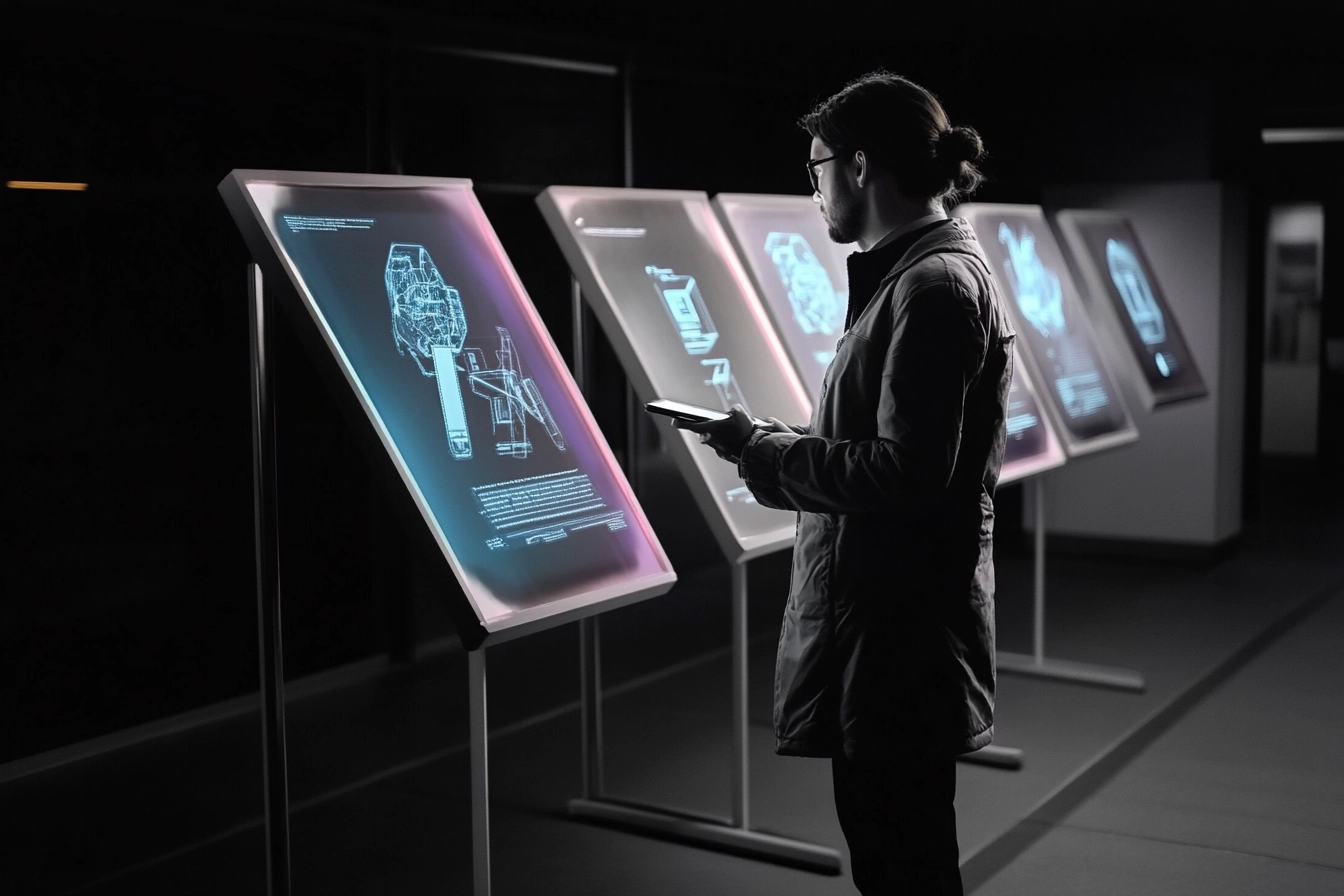
SIMILAR CONTENT
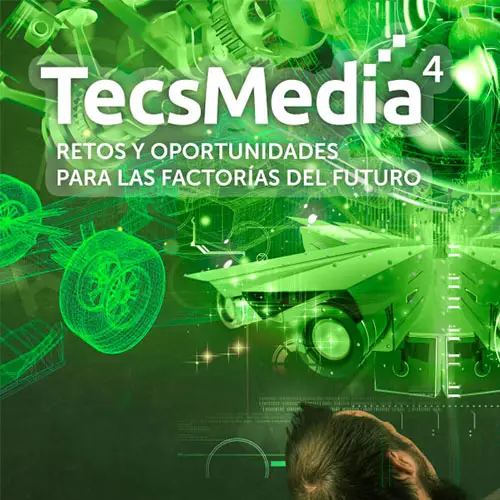
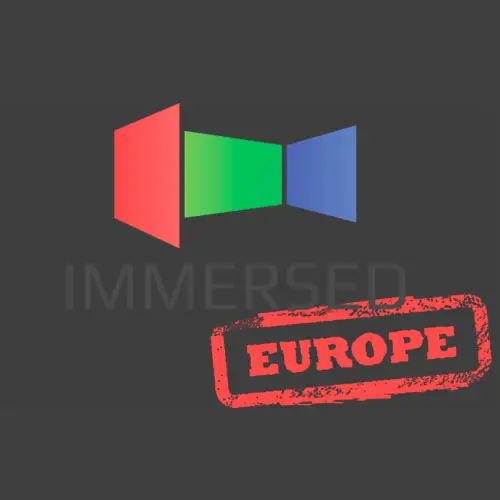









 Return
Return
